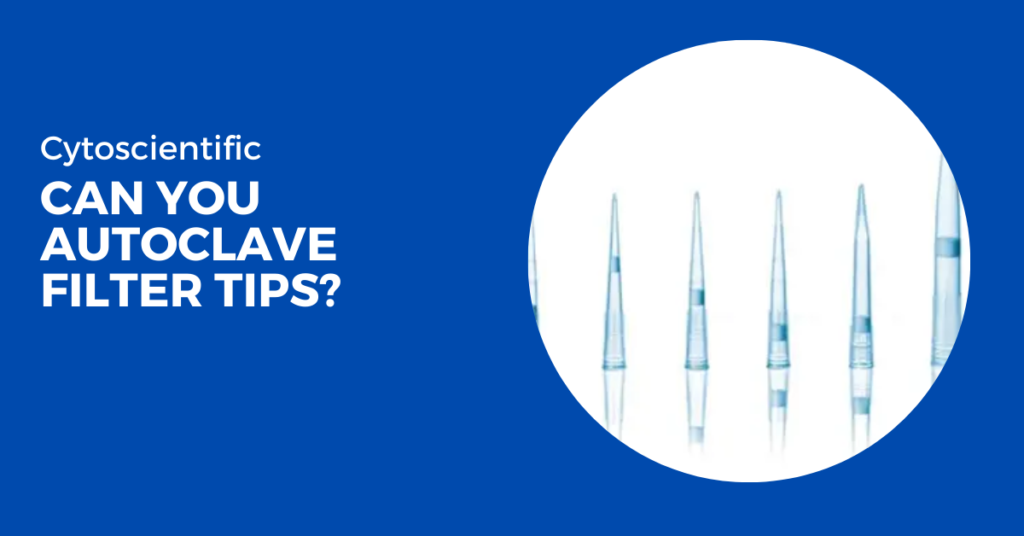When working in a laboratory setting, maintaining sterility is crucial. One of the most commonly used tools for transferring liquids is the pipette, often used with filter tips. However, a common question that arises is whether these filter tips can be autoclaved for reuse.
In this blog post, we will discuss the feasibility of autoclaving filter tips, the advantages and disadvantages of doing so, and important considerations if you choose to autoclave your tips.
What Are Filter Tips?
Filter tips are specialized pipette tips that have a barrier or filter to prevent aerosols and liquids from contaminating the pipette shaft. This is especially important when working with sensitive samples or when cross-contamination could cause significant experimental errors.
Can You Autoclave Filter Tips?
The short answer is: Yes, you can autoclave filter tips—but there are several factors to consider.
Material Compatibility
Filter tips are usually made from polypropylene, which can generally withstand autoclaving at 121°C (250°F) for 15-20 minutes. However, it’s important to note that the filter material, often made from polyethylene or cellulose, may degrade with repeated autoclaving.
Sterility Maintenance
Autoclaving is a reliable method for sterilizing laboratory equipment, including filter tips. However, it is important to carefully control the process to ensure that the tips remain sterile after autoclaving. This involves using a validated autoclave cycle and handling the tips in a sterile environment after autoclaving.
Performance Considerations
Repeated autoclaving can impact tip performance. The heat and pressure may cause warping or degradation, compromising pipetting accuracy.
Storage After Autoclaving
Once autoclaved, ensure that the filter pipette tips are stored in a clean, dust-free environment to maintain their sterility.
Why Autoclave Filter Tips?
Don’t forget to autoclave the tips to maintain a sterile lab environment. This process removes potential contaminants that could affect your experiments. Autoclaving ensures that the filter tips are free from bacteria, viruses, and other microbes, especially important when working with sensitive samples like DNA, RNA, or proteins. Sterilizing filter tips via autoclaving helps to keep your results accurate and reliable, reducing the risk of contamination and ensuring the integrity of your experiments.
When Not to Autoclave Filter tips
Certain situations may not be suitable for autoclaving filter tips. Here are some instances:
- Single-Use Tips: Autoclaving single-use tips may compromise their integrity and performance.
- Sensitive Applications: For critical applications requiring high precision, it’s better to use pre-sterilized, single-use tips for reliability.
- Degraded Filters: If the filter material degrades after autoclaving, it’s best to discontinue reuse.
Autoclaving filter tips is a viable option for many laboratories, offering a cost-effective way to maintain sterility. However, it is important to weigh the benefits against potential downsides, such as reduced tip performance or the time and effort involved in the autoclaving process.
By following best practices and carefully considering your lab’s specific needs, you can decide whether autoclaving filter tips is the right choice for your operations.

